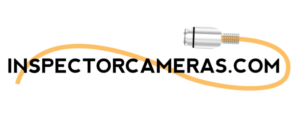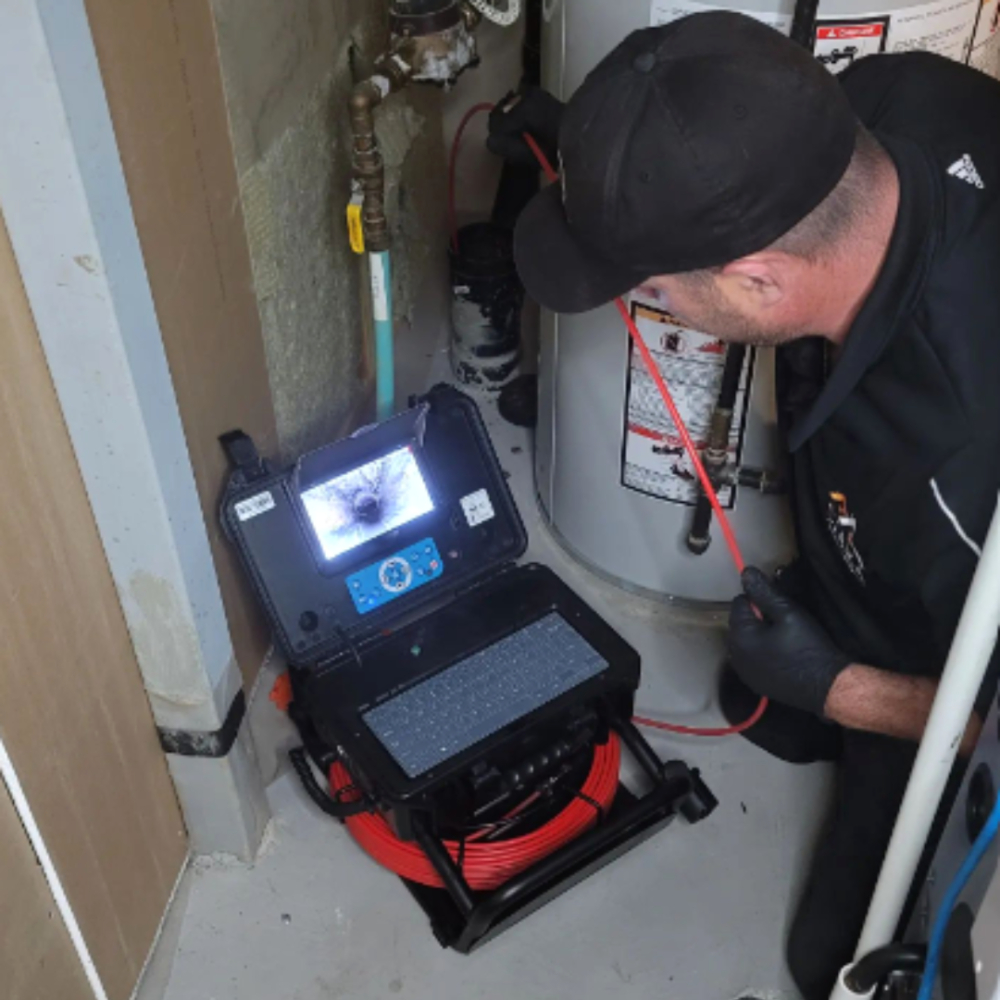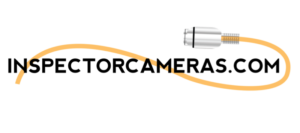The world of sewer inspection has witnessed a revolutionary transformation over the years. From the early days of manual checks to the advanced camera systems used today, the journey reflects significant technological advancements and a growing understanding of the importance of efficient sewer management. In this article, we delve into the evolution of sewer inspection technology, highlighting how these changes have not only enhanced the efficiency of inspections but also redefined the standards of safety and accuracy in the field.
The Early Days: Manual Inspections and Their Limitations
In the beginning, sewer inspections were predominantly manual. Inspectors had to physically enter sewer lines or rely on indirect methods like dye tests to identify leaks and blockages. This approach was not only time-consuming and labor-intensive but also posed significant health and safety risks to workers. Limited visibility and accessibility often led to incomplete or inaccurate assessments, impacting the quality of maintenance and repair work.
The Introduction of Closed-Circuit Television (CCTV) Cameras
The introduction of Closed-Circuit Television (CCTV) cameras in sewer inspections marked the first major technological advancement. These early camera systems provided a remote visual inspection capability, allowing inspectors to view the interior of sewer pipes without physical entry. Although these systems were rudimentary by today’s standards, with limited camera quality and maneuverability, they represented a significant step forward in sewer inspection technology.
Advancements in Camera Technology and Robotics
As technology progressed, sewer inspection cameras became more sophisticated. Modern cameras offer high-resolution video, improved lighting, and better maneuverability, allowing for detailed inspections of sewer lines. The integration of robotics has further enhanced these inspections. Robotic crawlers equipped with cameras can navigate through sewer systems, providing real-time feedback and reaching areas that were previously inaccessible. This has drastically improved the accuracy of inspections and allowed for early detection of potential issues.
Software Integration and Data Analysis
The evolution of sewer inspection technology isn’t limited to hardware advancements. Modern systems are often equipped with specialized software for data analysis and reporting. This software can analyze footage, identify anomalies, and even predict potential future issues based on existing data. Such capabilities have transformed sewer inspections from a reactive task to a proactive maintenance strategy, saving time and resources in the long run.
Enhanced Safety and Efficiency
One of the most significant impacts of advanced sewer inspection technology is the enhancement of safety and efficiency. The use of camera systems reduces the need for inspectors to physically enter potentially dangerous environments. This not only minimizes health and safety risks but also allows for quicker and more frequent inspections. Additionally, with more accurate data, maintenance can be targeted more effectively, preventing major breakdowns and extending the lifespan of sewer infrastructure.
Environmental Impact and Sustainability
The shift towards advanced sewer inspection technology also aligns with growing concerns about environmental sustainability. Early detection of leaks and blockages can prevent sewage overflows and groundwater contamination, protecting the environment. Moreover, efficient maintenance and repairs based on accurate inspections reduce the overall environmental footprint of sewer management.
The Future of Sewer Inspection: AI and Beyond
Looking towards the future, the integration of Artificial Intelligence (AI) and machine learning in sewer inspection technology is a promising development. AI algorithms can analyze vast amounts of inspection data, identify patterns, and predict issues before they become critical. This predictive approach could redefine maintenance strategies, making them more efficient and cost-effective.
Conclusion
The evolution of sewer inspection technology from manual checks to advanced camera systems is a testament to human ingenuity and the relentless pursuit of improvement. Today’s sewer inspection technologies offer unprecedented levels of accuracy, safety, and efficiency. As we continue to innovate and integrate new technologies like AI and machine learning, the future of sewer management looks brighter and more sustainable than ever. This journey of technological advancement not only showcases our capability to overcome challenges but also our commitment to preserving the environment and enhancing public health standards.


